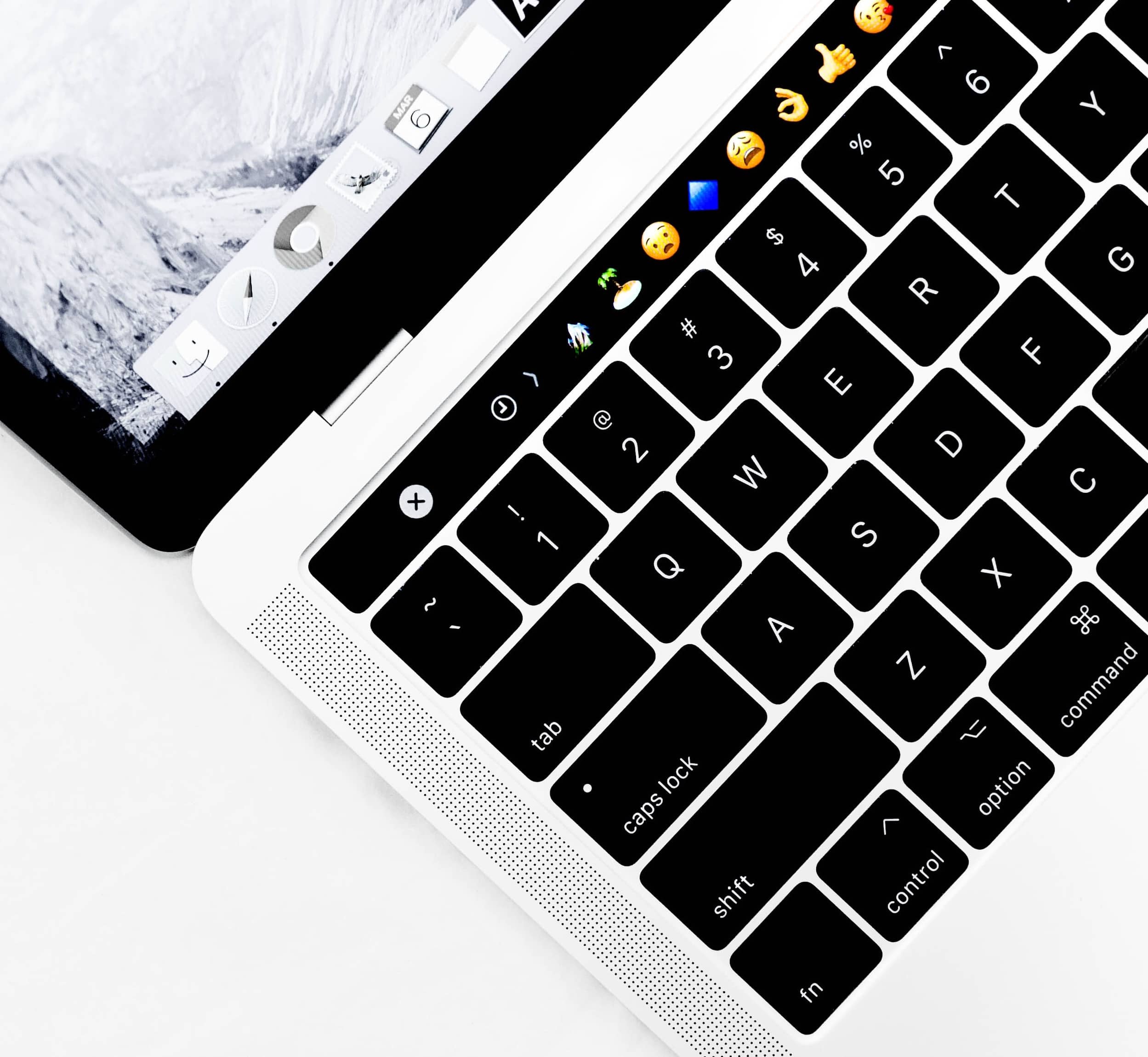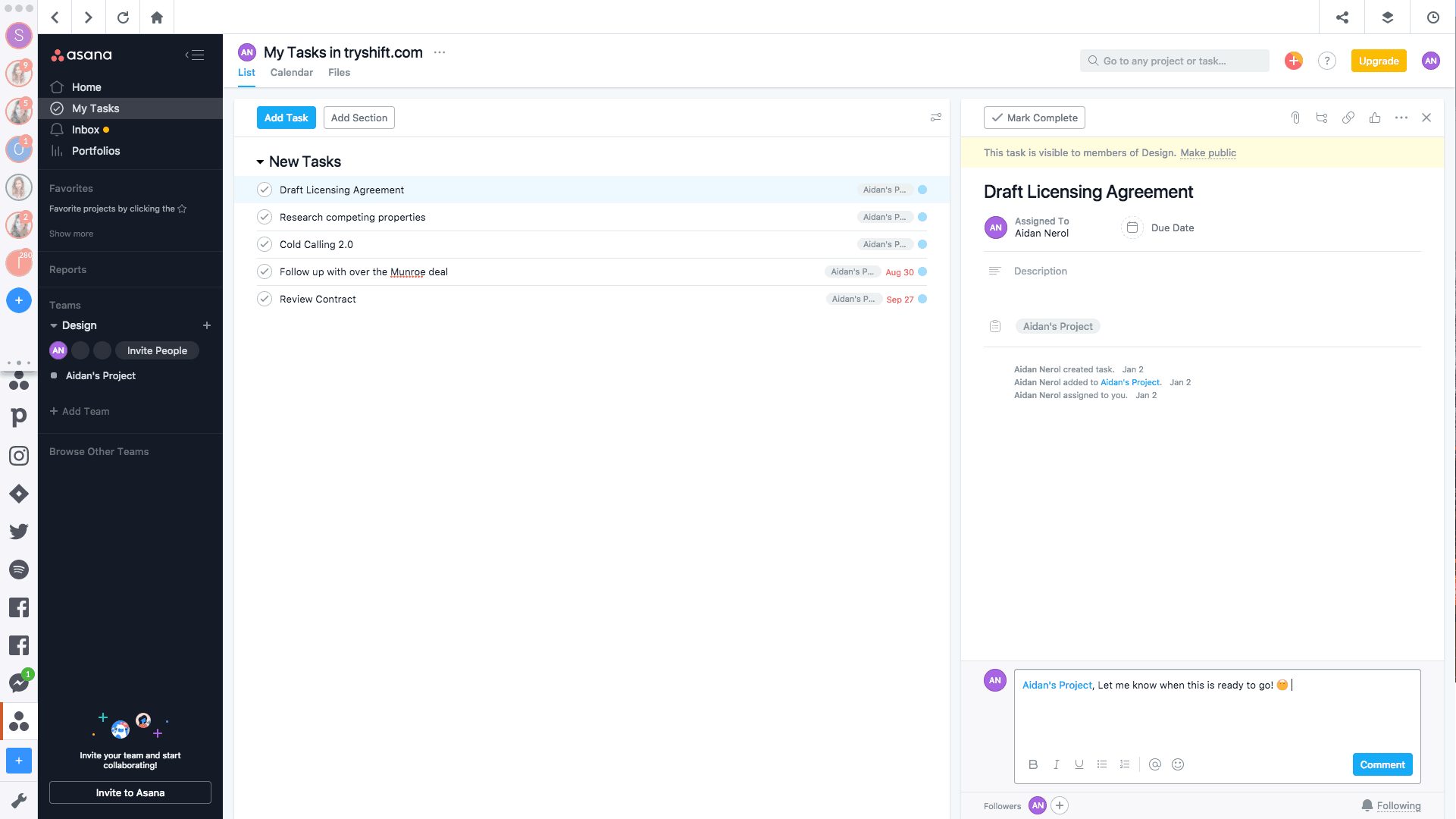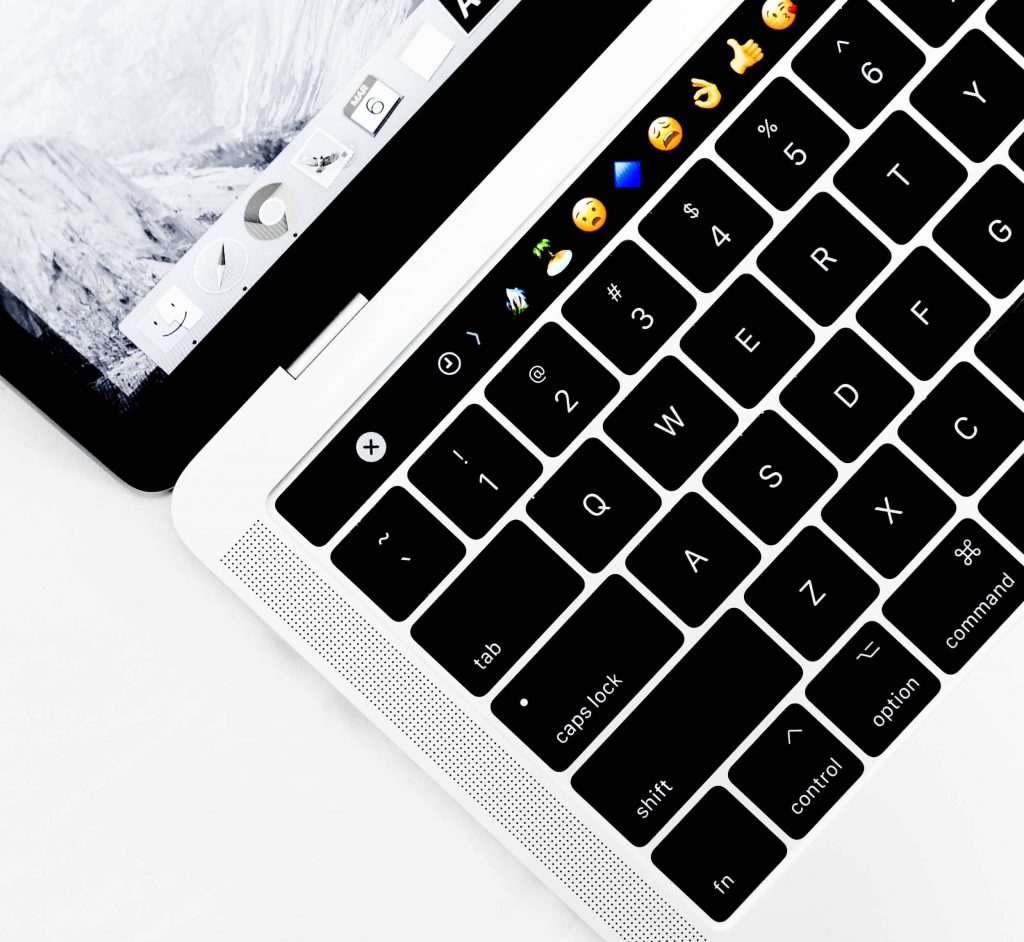Ask any person with a smartphone and they’ll tell you that emojis are life when it comes to posting on social media and texting with family and friends.
OK, so you already knew that.
Well, here’s what you probably don’t know: the emoji ‘language’ is becoming a major part of workplace communication and, more specifically, team culture.
The latest research creates a case for the emoji as a valuable, if not necessary, fixture in team communication and productivity, citing that team members develop more personal connections with one another when emojis are involved.
This comfortable (and almost predictable) adoption of emojis in workplace conversations means that more and more teams are supplementing their communication with these all-too-cute and uber-relatable picture characters.
Since this is the case, naturally, the next step is to set guidelines for when and how emojis should be used as an awesome addition to team communication.
You know what that means! Yep, we’re breaking down the do’s and don’ts of emoji use in the workplace.
A Few Interesting Facts about Emojis
So, where do emojis come from?
Legend has it that the first set of emojis were discovered carved into the tomb of an Egyptian prince from the 13th dynasty.
LOL…kidding.
No, but really, emojis find their roots in Japan. They were first created circa 1998 but didn’t start gaining any real traction (in other parts of the world, at least) until about 2010.
Today, we are relentless in our use of these adorable communication-enhancers. Whether we’re sending an emoji-littered text to a friend or copy-pasting an emoji or two in an email to a client, we show no signs of diminishing our love for these incredible text beings.
Here are a few stats that add to the emoji cool factor:
- There are over 2,800 official Unicode emoji (Source: Emojipedia)
- The most popular emoji in the U.S. is “Face with tears of joy”—this one: (Source: BI)
- Around 5 billion emojis are sent daily on Facebook Messenger (Source: Emojipedia)
- Approximately 95% of online users have used emojis at some point (Source: Brandwatch)

Emoji Etiquette: How to Use Emoji to Optimize Team Communication
Now for the good stuff.
So, regardless of how cute and irresistible emojis may be, we can’t dismiss a few hard rules for using them to supplement team communication.
Here are a few ways you should use emojis to optimize team convos:
1 – To clarify your tone of voice.
Example: “Why wasn’t I told this sooner?!”
Explanation: Depending on the conversation, the lack of emotion in text could cause team members to misinterpret the tone behind your message. Such as with the above example, adding a smiling or neutral face will let others know that you’re not upset, you’re just asking.
2 – To be more efficient in responding.
Example: “Yay!”
Explanation: Productivity is bound to increase when you’re able to substitute a few words (or sentences) with emojis. Plus, it is nearly impossible for others to misinterpret emojis that are distinctly human, such as “smiling face,” “thumbs up,” and “clapping hands,” so this type of emoji usage will always be a safe bet.
3 – To build team rapport.
Example: “You guys and gals are the best!”
Explanation: There are plenty of emojis that will help you express your feelings about your team. Ideally, you’ll want to steer clear of emoji that represent negative sentiments or that reflect any type of disappointment or sadness. Though such emojis may be justified in certain conversations, using them could negatively impact your team’s energy and productivity as a unit, especially if others take their meanings personally or literally.
And now, here’s how you shouldn’t use emojis in team convos:
1 – To communicate anything flagrant, sexual, or otherwise inappropriate.
Example: …..nope, not going there…..
Explanation: This one is pretty straightforward. Another thing to keep in mind with this is that using emojis too soon (such as in your first contact with a potential client) or too often (such as in each message you send to your team) is also strongly advised against. Know when it’s the right time, and when it is, make sure the emojis you use are professional.
—————————————————————————————-
Feeling the advice in this article?
Be sure to also check out How to Use Emojis On Your Desktop, Like A Boss
How to Use Emojis in Shift

The fun isn’t over yet.
The next step in setting your team convos ablaze with emoji fun-ness is to drop them into team conversations in the apps you’re already using in your Shift dashboard.
Here are a few examples of how you can use emojis in Shift:
Asana: The next time you need to say “thank you” to a teammate, try using a blush instead.
Slack: Need to show your approval of an update? Copy and paste a thumbs up to get your message out in half the time.
WhatsApp: If you need to sternly, but nicely tell your team that a deadline is approaching, add a smile to help clarify your tone.
Trello: You can use emojis just about any way you want in Trello by taking advantage of the platform’s fully-integrated emoji keyboard.
Getting Emojinal with Your Team
A lot usually rides on how productive our teams are from day to day.
Since communicating with one another is one thing we can’t escape or substitute, finding ways to optimize team communication is one of the best ways to increase team productivity.
To be honest, we’re all communicators at heart—so, expressing our emotions with emojis makes our communication more efficient and, over time, builds emotional capital with those we work with.
After considering the tips we’ve shared for using emojis for team productivity, you won’t waste another minute typing out “Great job!”—unless, of course, you just want to.
Ten articles before and after
How to Log in to Multiple Reddit Accounts
How to Switch Between Multiple Evernote Accounts
Deleting a Trello Board (and When Not to)
Block Someone on LinkedIn Without Them Knowing
Set an Expiration Date with Gmail Confidential Mode
2 Ways of Adding Someone to a Trello board
How to Set Up Gmail Auto Forwarding (to/from)
Trello Power-Ups: Supercharge Your Trello Boards
